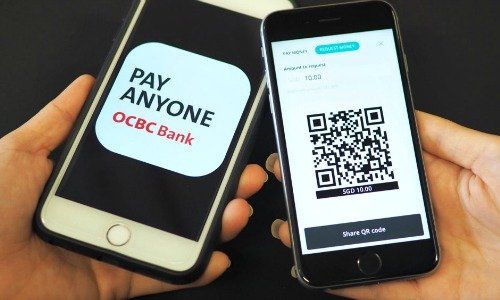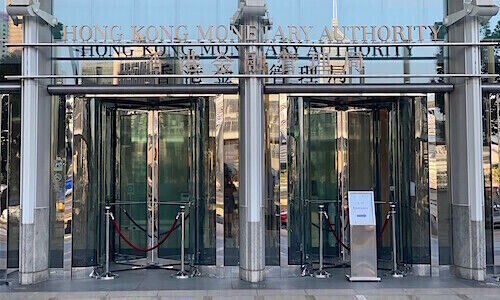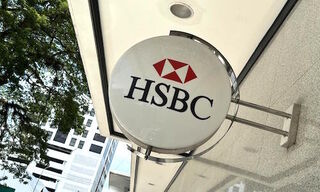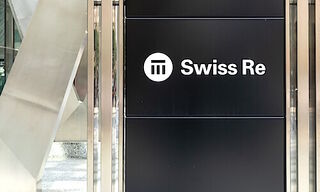The shift hasn’t gone unnoticed at banks: Last week, OCBC said it would reduce headcount for bank tellers by half in two years. DBS said it registered a five-fold increase in requests for digital payment options from its corporate clients too.

«The man-on-the-street wants to receive their payments instantly, without the need to bank in a cheque,» said Abdul Raof Latiff, DBS’ head of digital in institutional banking. As a result, the bank aims to help its corporate clients reduce cheque usage by at least 30 percent in the next two years.
Infrastructure Gains Speed
A terminal to accept the most widely-adopted payment methods, UPOS, was rolled out in Singapore two years ago, and an electronic peer-to-peer transfer service offered by nine banks is about to be extended from retail clients to corporate ones.

The city-state is also in the midst of rolling out a standardised QR code – SG QR – that service providers including e-wallets will have to adopt for scan-and-pay service (pictured above). The QR code means consumers will be able to scan a single code regardless of e-payment platforms: banks which started earlier in digital banking no longer have an edge.
Remittances are also being linked up: Singaporeans can soon send money to Thailand using just mobile numbers.
Bank Infrastructure Idling?
Banks may not phase out branches as dramatically as SingPost did: most still want to give clients, especially wealthy ones, opportunities to interact with bankers face-to-face.
But the rapid pace of e-payment adoption may mean these opportunities are slipping away from banks fast. Technology companies – ranging from ride-hailing apps to gaming companies – are launching their own e-wallets and collecting deposits by the millions.



















